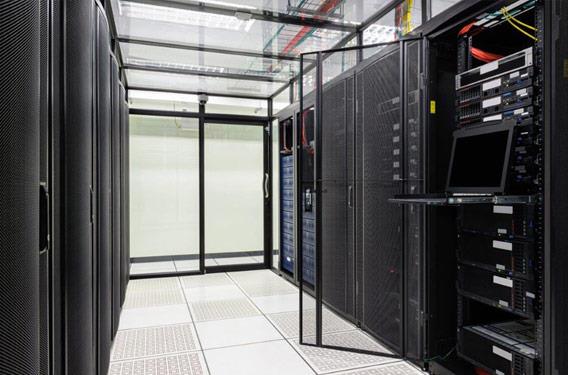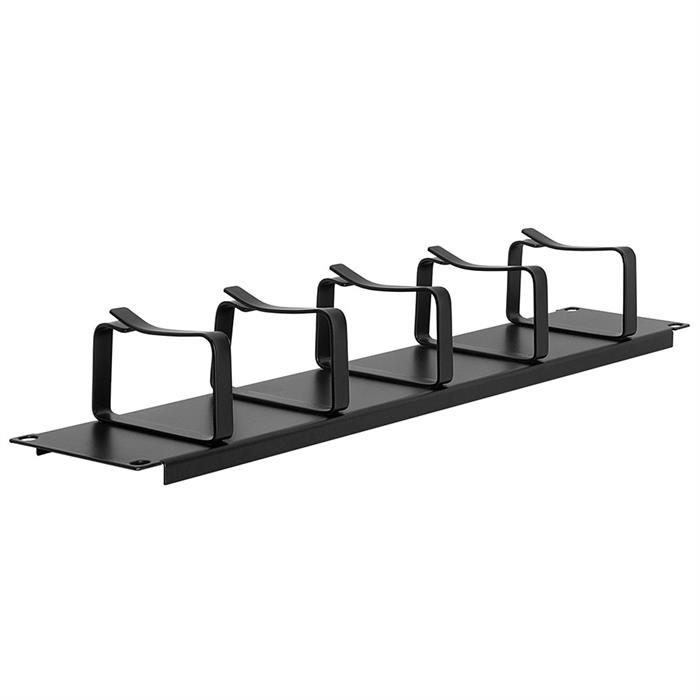The Many Types Of Server Racks And Wire Enclosures
Even when IT departments and data centers were in their infancy, proper housing and protection for servers and other computer equipment was crucial; now, it is critical. Today’s world depends so heavily on server up-time and reliable networking – and has seen such enormous growth in the capacity of data centers – so efficient deployment and use of servers, network switches and cabling is more important than ever.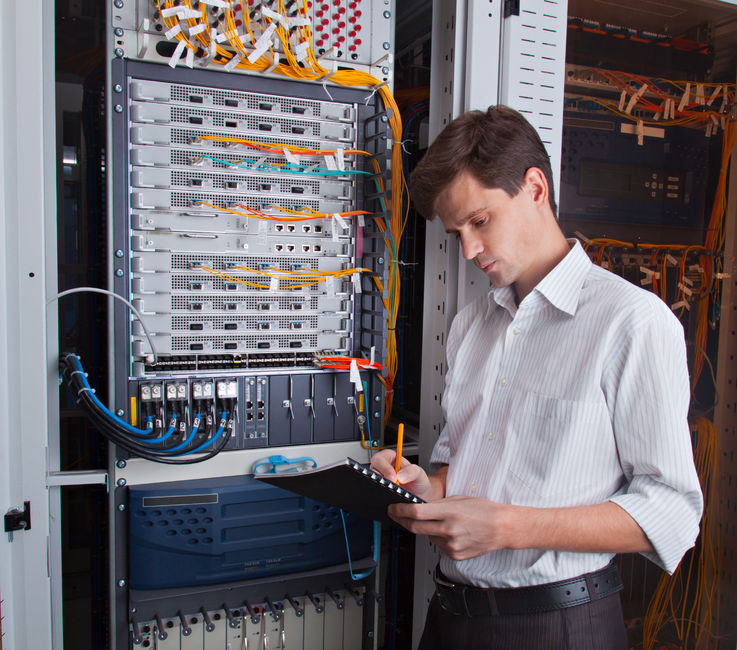
That’s not to say that only large data centers need racks or wire enclosures. There are also plenty of reasonably-priced choices for small businesses and homes which must efficiently house and protect their computer installations.
The Many Functions of Server Racks and Wire Enclosures
It might seem that the only role of a server rack is defined by its name: it’s a rack designed to hold computer servers. In truth, it does much more. It allows the proper organization of groups of servers and network switches into efficient systems. It provides physical and environmental protection for the equipment. The right rack makes for easy server configuration and maintenance as well as complete cable management, and many racks are even capable of providing necessary power protection and cooling for server clusters.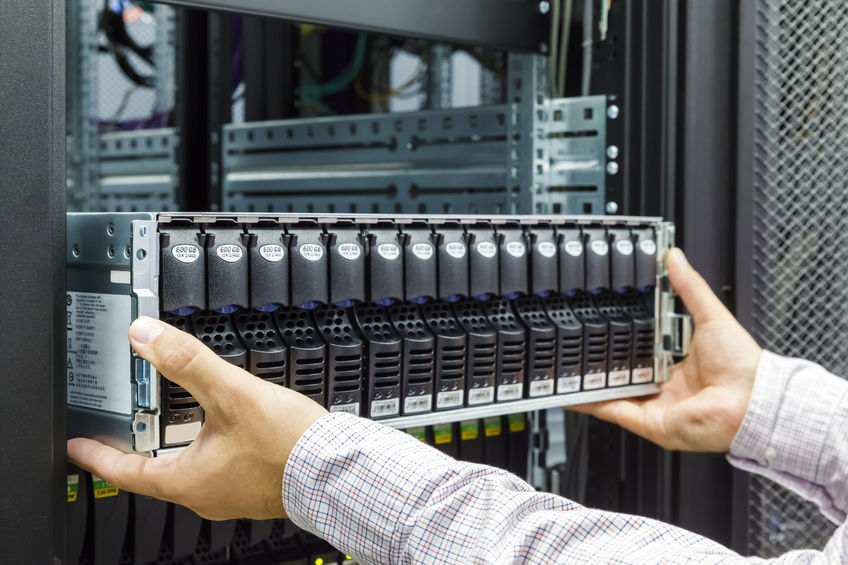
The Basic Server Rack
Generally speaking, all server racks are based on the same architecture. Most are constructed from steel or aluminum, with strong vertical support rails to which the computer servers and switches are attached. Some racks also have horizontal support shelves, and they will ideally have defined channels or other types of systems to manage the cables inside.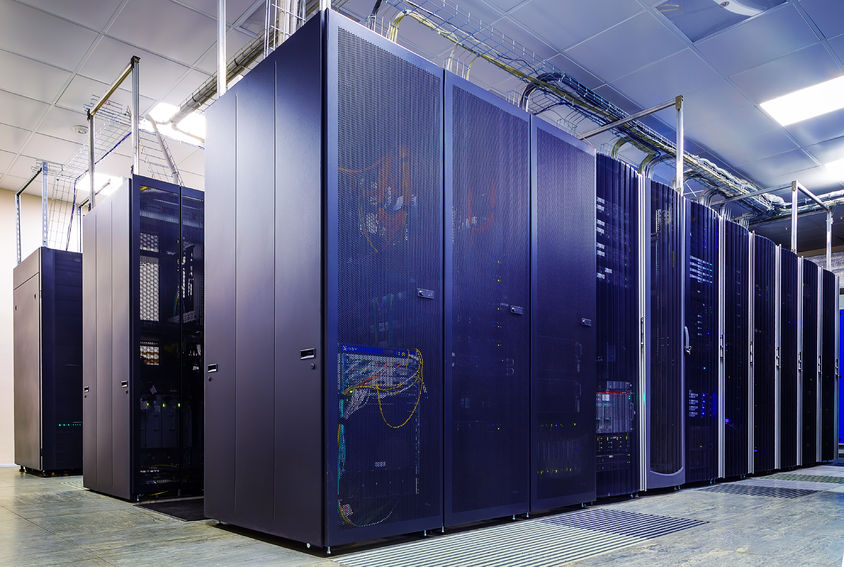
A computer server is a bit less than 1¾ inches tall, so a rack’s vertical rails will allow the mounting of servers, one above another, in height increments of 1¾ inches. Those increments are referred to as “rack units,” often called “units” and abbreviated as “U.” So the most common server rack, a 42U, will allow the mounting of 42 1U servers – or any other equipment totaling 42U, such as 38 1U servers and two 2U switches – leaving some extra space at the top and bottom. The standard computer rack has vertical rails that are 19” apart, the same width as a standard server or other rack-mounted equipment.
The enclosures used in large data centers will often have other built-in rack accessories, ranging from power strips, cable management systems and shelves, to patch panels and ventilation fans.
Types of Racks and Enclosures
The server racks used in data centers fall into three basic categories.- Floor enclosures: These freestanding, solid rack cabinets have lockable doors in both the front and back and often have removable sides. The racks are vented and can accommodate fans if desired, and will usually have caster wheels (so they can be moved easily) as well as adjustable feet that allow them to be leveled once in their permanent location. Floor enclosures provide maximum security for the servers and equipment mounted inside but they typically provide less room for cables, and access for maintenance is difficult because of the front and rear doors.
- Open frame racks: It’s pretty easy to visualize an open-frame rack – it’s the frame of a floor enclosure without doors or walls. There’s one other major difference between the two; an open frame rack may have only two vertical rails, as opposed to the four rails always found in a floor enclosure. That means some servers or equipment (especially heavy equipment) won’t be able to be mounted in an two-rail open frame rack without adapters. These racks aren’t as secure, of course, but they have much more room for cables and provide easy access for technicians.
- Wall enclosures: As you’ve certainly guessed, these aren’t freestanding; they mount to the wall and are much smaller than floor racks. They’re primarily used in IT installations to save space or to make use of areas where full racks won’t fit. They can’t hold as much equipment, so they are not a primary option for most data centers. Wall enclosures can either be secure cabinets or have an open frame design.
Rack and Enclosure Installation
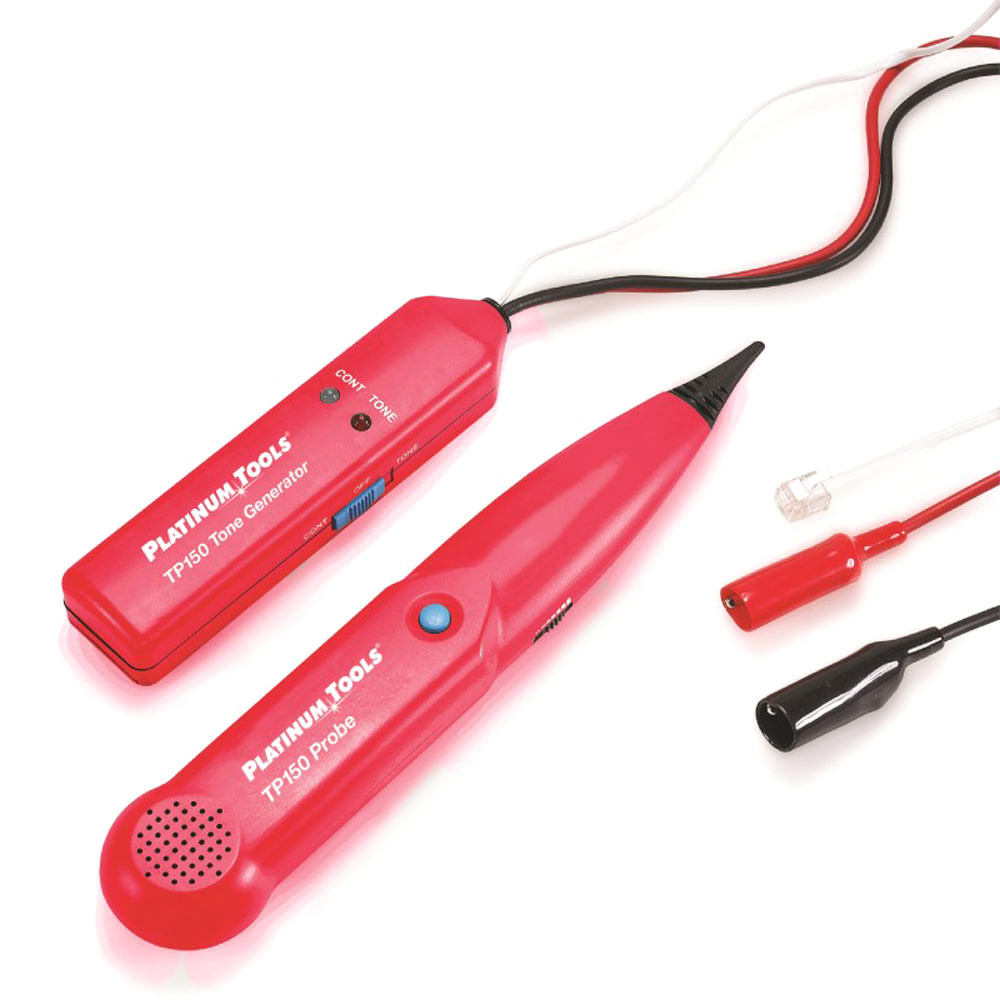
The specifics of an installation will largely depend on the space available and the intended use of the equipment. However, there are some basics which should always be considered:- Planning: The location you choose for a rack may be convenient, but think about the possibility of future expansion. You’ll want to place any new racks adjacent or at least close by, so make sure space and utilities will be available. And if you have a lot of high-wattage equipment, it’s safest to spread it between several racks sooner rather than later.
- Utilities: There should be enough power nearby for the equipment in the rack, ventilation should be more than adequate and cooling should available if needed.
- The right rack: The biggest mistake you can make is choosing the wrong rack for your installation. If you’ll have high-density cabling a floor enclosure will usually be too confining, and if you need to secure your servers from the outside an open rack will be useless.
- Overloading: Every rack will be rated for how much weight it can support. Overloading a rack can be an expensive disaster – much more expensive than just buying an additional unit. Also be sure to put your heaviest equipment at the bottom of the rack so it won’t become unbalanced.
0
Featured products




